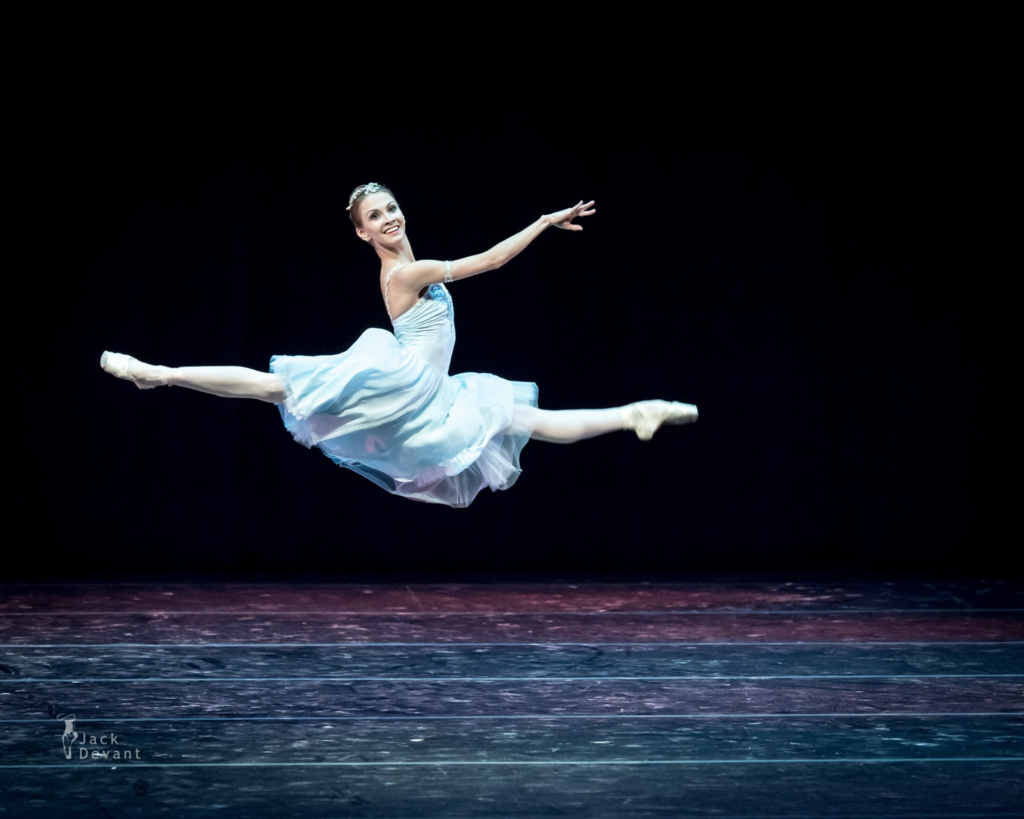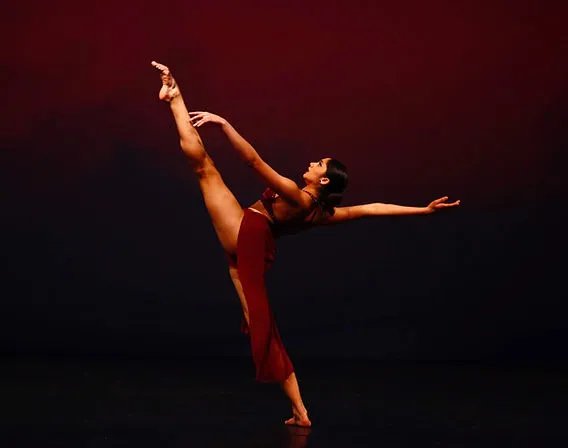Introduction to the Flexible Gymnastics Move NYT
Mastering gymnastics requires not only dedication and practice but also a comprehensive understanding of various movements that define the sport. Among these movements, the flexible gymnastics move NYT has gained prominence due to its requirement for agility and precision. This article aims to guide you through mastering this move while enhancing your overall flexibility, ensuring that you not only excel in gymnastics but also enjoy the process of improvement.
Understanding the Flexible Gymnastics Move NYT
The flexible gymnastics move NYT often refers to maneuvers that showcase a gymnast’s flexibility, such as splits, backbends, or flexibility-focused jumps. Each of these moves emphasizes the importance of flexibility in achieving both aesthetic appeal and technical proficiency. Let’s delve deeper into what constitutes a flexible gymnastics move and its significance in gymnastics routines.
What is a Flexible Gymnastics Move?
A flexible gymnastics move is a maneuver that requires a gymnast to extend their body into various positions, showcasing their flexibility and control. These moves can include:
- Splits: One of the most recognizable flexible moves, where the gymnast extends their legs in opposite directions.
- Backbends: Moves that require arching the back, often culminating in a position like a bridge.
- Kicks and Jumps: Dynamic movements that require significant flexibility in the legs and hips.
These elements are not only essential for competitive routines but also contribute to the overall aesthetic quality of a performance.
The Importance of Flexibility in Gymnastics
Flexibility is a fundamental aspect of gymnastics that allows athletes to perform complex routines. The flexible gymnastics move NYT is a perfect illustration of how flexibility enhances performance.
Enhancing Performance
Flexibility improves a gymnast’s ability to execute moves with precision and grace. Here are some ways flexibility impacts performance:
- Improved Range of Motion: Flexible gymnasts can achieve greater heights and angles in their routines, leading to higher scores from judges.
- Injury Prevention: Increased flexibility helps reduce the risk of injuries by allowing joints to move more freely and withstand pressure.
- Better Aesthetic Appeal: Moves that require flexibility, such as splits and backbends, add visual interest and complexity to routines.
Types of Flexibility Relevant to Gymnastics
Understanding the types of flexibility can help you focus on specific areas to improve your flexible gymnastics move NYT performance:
- Static Flexibility: The ability to hold a stretch. This is crucial for achieving and maintaining positions like splits and backbends.
- Dynamic Flexibility: The ability to perform stretches with movement. This is essential for kicks and jumps that require a combination of strength and flexibility.
- Ballistic Flexibility: Involves using momentum to force a stretch. While less common in gymnastics, understanding this type can aid in developing explosive movements.
How to Improve Flexibility for the Flexible Gymnastics Move NYT
Improving flexibility takes time and commitment. Here are strategies to enhance your flexibility specifically for the flexible gymnastics move NYT.
1. Establish a Regular Stretching Routine
A consistent stretching routine is vital for improving flexibility. Aim for a minimum of 20-30 minutes of stretching 3-5 times per week. Incorporate a variety of stretches that target different muscle groups involved in gymnastics.
Sample Stretching Routine for Gymnasts
- Warm-Up (5-10 minutes): Begin with light cardio (jogging, jumping jacks) to increase blood flow to your muscles.
- Dynamic Stretches (5-10 minutes): Include leg swings, arm circles, and torso twists to prepare your body for deeper stretching.
- Static Stretches (15-20 minutes):
- Hamstring Stretch: Sit on the ground and reach for your toes.
- Quad Stretch: Stand and pull your foot towards your glutes.
- Hip Flexor Stretch: Kneel with one knee on the ground and push your hips forward.
- Backbend Stretch: Lie on your back and gently push your chest towards the ceiling.
2. Focus on Specific Flexible Gymnastics Moves
To master the flexible gymnastics move NYT, target specific stretches that correspond to the moves you want to perform. For example, if you are working on splits, focus on stretching your hamstrings, quads, and hip flexors.
Stretching for Splits
- Seated Forward Bend: Sit with your legs extended and reach for your toes to stretch your hamstrings.
- Lunging Hip Flexor Stretch: Step forward into a lunge position, keeping your back leg extended to stretch the hip flexor.
- Pigeon Pose: This yoga pose opens the hips, aiding in achieving the splits.
3. Incorporate Yoga and Pilates
Yoga and Pilates are excellent practices for increasing flexibility and strength. These disciplines focus on controlled movements and deep stretches that enhance overall body flexibility.
Yoga Poses for Flexibility
- Downward Dog: Great for stretching the hamstrings and calves.
- Cobra Pose: Opens up the spine and stretches the chest and abdomen.
- Extended Side Angle Pose: Helps improve hip and side body flexibility.
4. Use Props for Support
Utilizing props like blocks, straps, or resistance bands can help you achieve deeper stretches safely. For instance, use a yoga strap to assist in reaching your feet during hamstring stretches.
5. Listen to Your Body
Flexibility improves over time, and pushing too hard can lead to injuries.
Techniques to Master the Flexible Gymnastics Move NYT

Once you’ve established a flexibility foundation, it’s time to focus on techniques to master specific flexible gymnastics moves NYT. Below are techniques for three popular gymnastics moves: splits, backbends, and dynamic flexibility moves.
Mastering the Split
The split is a fundamental gymnastics move that requires considerable flexibility. Here’s how to master it:
Step-by-Step Guide to Achieving the Split
- Warm Up Your Muscles: Always start with a warm-up to avoid injuries.
- Practice Seated Splits: Sit on the ground and try to extend your legs as far apart as possible.
- Use a Wall for Support: While in a lunge position, place your back leg against a wall to help open up your hips.
- Gradual Progression: Work towards lowering yourself into the split, holding the position for a few seconds, and gradually increasing the duration as you gain flexibility.
Perfecting the Backbend
The backbend is another essential flexible gymnastics move NYT that requires both strength and flexibility. Here’s how to master it:
Step-by-Step Guide to the Backbend
- Reach Upward: Lift your arms overhead, stretching your body upwards.
- Arch Back Slowly: Slowly bend backward, reaching for the floor with your hands.
- Practice the Bridge Pose: From a lying position, lift your hips while keeping your shoulders on the ground. This helps build the strength necessary for a full backbend.
Executing Dynamic Flexibility Moves
Dynamic moves require not just flexibility but also strength and control. To execute these moves:
- Warm-Up with High Kicks: Start with high kicks to loosen up the hamstrings and improve dynamic range.
- Incorporate Plyometric Movements: Exercises like jump squats and tuck jumps build strength and explosiveness, which are crucial for dynamic flexibility.
- Use Controlled Movements: Focus on maintaining form and control while executing jumps or kicks, ensuring that flexibility doesn’t come at the cost of technique.
Overcoming Common Challenges in Achieving Flexible Gymnastics Moves

Many gymnasts encounter challenges when trying to achieve the flexible gymnastics move NYT. Here’s how to overcome common obstacles:
1. Limited Flexibility
If you find that your flexibility is holding you back, revisit your stretching routine. Incorporate more targeted stretches and be patient with your progress. Flexibility takes time, and consistency is key.
2. Fear of Injury
It’s natural to fear injury when pushing your body to achieve new moves.
3. Plateaus in Progress
If you hit a plateau, change your routine. Try new stretches or techniques to spark improvement. Consider seeking guidance from a coach or experienced gymnast who can offer personalized tips.
The Role of Nutrition in Flexibility
While physical training is essential for flexibility, nutrition also plays a crucial role in performance. A balanced diet can help support muscle recovery and overall physical health.
Key Nutritional Elements for Flexibility
- Protein: Essential for muscle repair and growth.
- Healthy Fats: Omega-3 fatty acids support joint health. Incorporate fish, nuts, and olive oil.
- Hydration: Staying hydrated is vital for muscle function.
- Vitamins and Minerals: Calcium and vitamin D are important for bone health, while magnesium supports muscle function.
Mental Strategies for Mastering Flexible Gymnastics Moves
Flexibility isn’t just physical; it also requires mental resilience. Developing a positive mindset can significantly enhance your training experience.
Visualization Techniques
Use visualization to mentally rehearse your flexible gymnastics moves NYT. Imagine yourself executing each movement perfectly, which can enhance your confidence and performance.
Set Achievable Goals
Set specific, measurable goals for your flexibility training. Break these down into smaller milestones, allowing for regular assessments of your progress.
Mindfulness and Relaxation
These techniques can help reduce anxiety and improve focus during practice sessions.
Conclusion
Mastering the flexible gymnastics move NYT is a rewarding journey that involves commitment, practice, and a comprehensive understanding of flexibility. By following the strategies outlined in this article—such as establishing a regular stretching routine, focusing on specific moves, and enhancing your mental resilience—you can achieve your flexibility goals.
Remember, improvement takes time. Celebrate small victories along the way, and don’t be afraid to seek help from coaches or fellow gymnasts. With dedication and persistence, you will not only master the flexible gymnastics move but also enjoy the broader benefits of increased flexibility in your gymnastics career.
